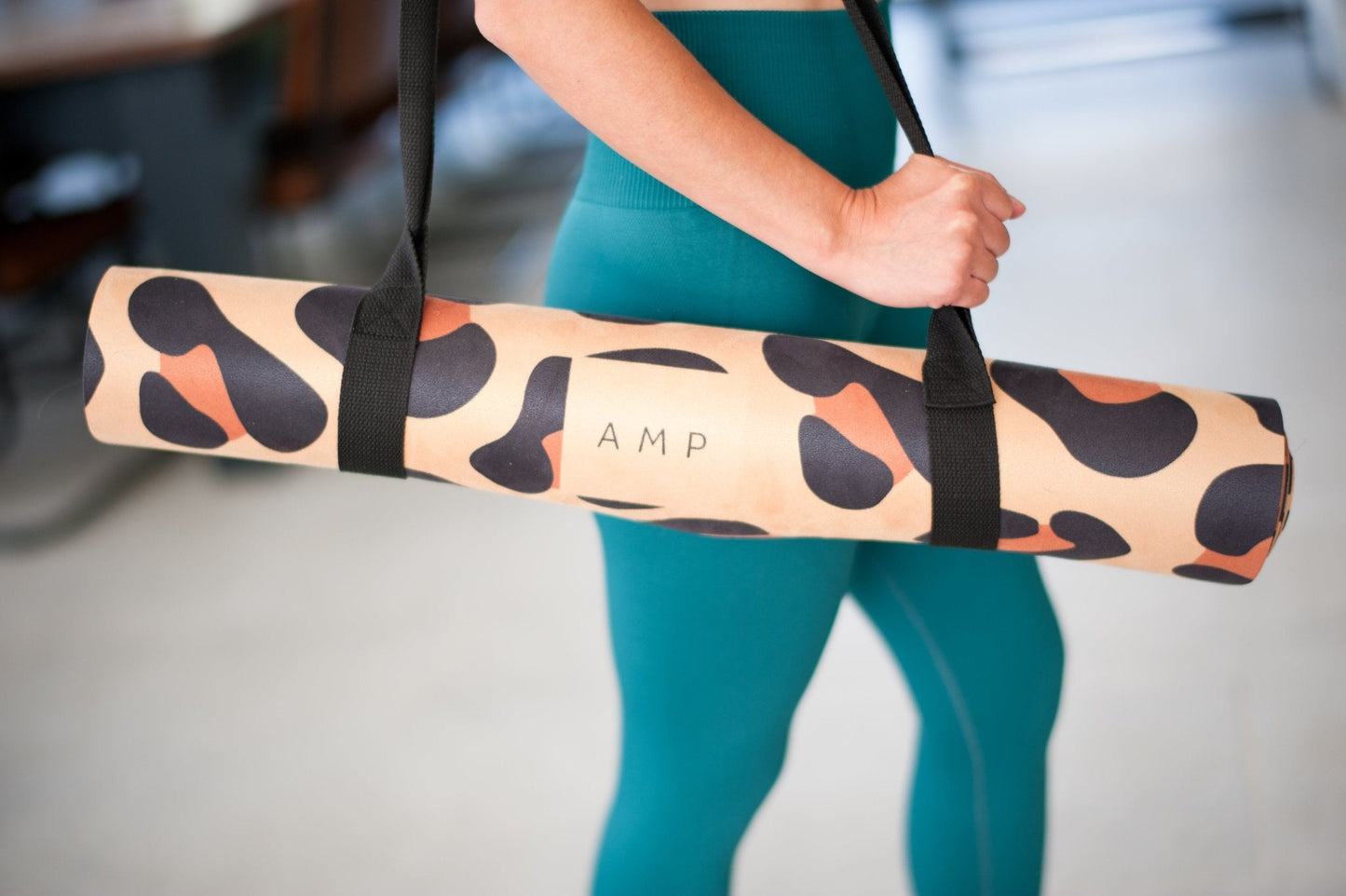Starting a fitness routine doesn’t have to mean overhauling your entire life. The key to true success is making small changes that fit your current schedule, not disrupt it. Here’s how to build a routine you’ll actually stick to.
Set Clear, Realistic Goals
What do you really want from your fitness routine? Maybe you want more energy to play with your kids, improve your mood, or complete that 5K. Whatever it is, write it down. Goals give you direction, keep your motivation up, and give you something to work toward.
Pick Activities You Actually Enjoy
As much as 60% of American adults don’t get enough movement in their daily lives. A big reason for that is exercise often feels like a chore. This is why it’s so important to find something you genuinely love and look forward to. You’re much more likely to stick to something if you actually enjoy doing it.
If the idea of going to the gym makes you groan, don’t force it. Go hiking or biking if you love being outdoors. Those who prefer low-impact workouts could try swimming or Pilates. The more fun it is to you, the less it’ll feel like an obligation.

Schedule It Like an Appointment
You wouldn’t cancel a doctor’s appointment or skip a work meeting, so don’t miss your workout time, either. Pick a time of day that works best for you — maybe that’s early mornings before the chaos starts or evenings after work as a way to unwind. Add it to your calendar, set a reminder, and treat it like an important meeting with yourself.
If mornings aren’t your thing, don’t force it. Find the time that works for your energy levels.
Start Small and Build Up
It’s easy to get overexcited and try to do too much too soon, but that’s a fast track to burnout. Start with something manageable, like 20 minutes a few times a week. Once you’ve built the habit, you can gradually increase the time or intensity.
Keep Your Gear Handy
Make things as easy for yourself as possible. Lay out your workout clothes the night before, or keep a gym bag in your car. If everything’s ready to go, you’re less likely to come up with excuses. The goal is to reduce any barriers that might stop you from getting started.

Don’t let social media convince you you need fancy equipment or luxury gym memberships. Bodyweight exercises are a perfect way to get started without breaking the bank.
Recruit a Workout Buddy
Finding someone to work out with is a fantastic way to stay accountable. Whether you join a fitness class, go for regular walks with a friend, or find a running group, turning workouts into a social activity can help combat loneliness while boosting motivation. Sharing goals and cheering each other on when the session gets tough can make all the difference. Plus, knowing someone is counting on you to show up is an excellent way to stay consistent.
Track Your Progress
Seeing how far you’ve come can be incredibly motivating. Use a fitness app, journal, progress photos, or even just mark days on a calendar. Keep track of what you did, how you felt, and any improvements you’ve noticed. It’s not just about numbers — celebrate non-scale victories like feeling more energetic or noticing your mood improve.
Here are some motivation boosters that may help:
● Set mini goals, like completing three workouts a week.
● Reward yourself for reaching milestones. You could treat yourself to a nice dinner or buy those leggings you’ve been eyeing.
● Create a playlist of your favourite upbeat songs. Research has shown choosing your own workout playlist can boost your performance and enjoyment.
● Change your routine when you feel bored. Try a new workout class or a different running route to spice things up.
Try to Be Flexible
Some days won’t go as planned, and that’s OK. Life gets busy, and missing a workout doesn't mean you’ve failed. The trick is to adjust without guilt.
If you can’t fit in a full workout, even five or 10 minutes of movement is better than nothing. Focus on consistency over perfection.
Bringing It All Together
You don’t need to flip your life upside down to build a solid fitness routine. Focusing on small, sustainable steps and giving yourself room to adjust is the best way to create a natural habit.
Get started today!























 9. Mindfulness and Meditation:
9. Mindfulness and Meditation: 


















